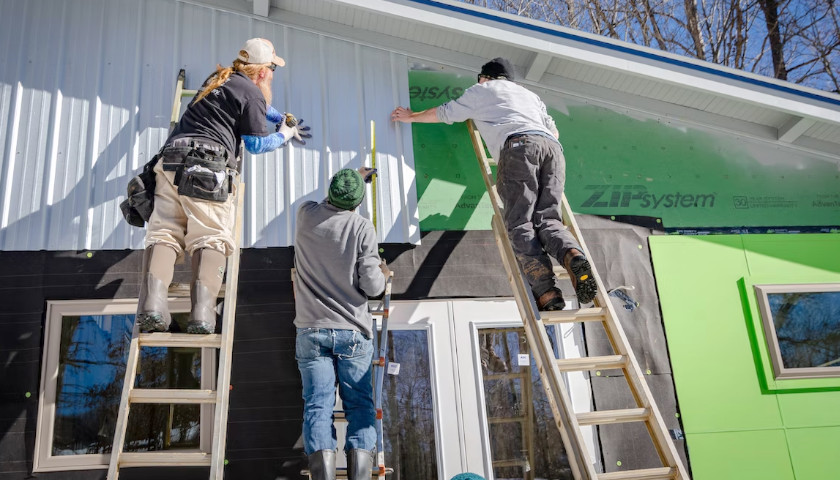by Anthony Hennen
Fayette, Lackawanna and Philadelphia counties weren’t factored into parts of the analysis due to missing or incomplete information, the report clarified.
After the 2008 housing crisis, annual housing permits found a new normal that was much lower than what was seen through the 1990s and early 2000s. As construction declined after the housing crash, demand outstripped supply, leading to higher housing costs across the commonwealth.
Housing prices statewide jumped 14% last year, as The Center Square previously reported, and as high as 40% around the Harrisburg area since 2017.
Research from across the country anticipates Pennsylvania’s inadequate housing supply will persist in the years to come. An estimate from Up for Growth released last year found that Pennsylvania is short by about 98,000 housing units to meet demand.
The Housing Alliance of Pennsylvania likewise told the legislature last year that “record-level building” is needed statewide to lower rents and housing prices.
Rural Pennsylvania has also struggled with low housing prices that discourage repairs or new housing. Analyses from state policy groups surmise that housing quality tends to be lower in rural areas than suburban or urban ones, and removing blighted houses requires more money than most municipalities can afford.
The General Assembly has passed laws to give towns and counties more options to deal with these issues, including offering tax credits to expand affordable housing, but issue itself hasn’t taken priority in the legislature in recent years.
– – –
Anthony Hennen is a reporter for The Center Square. Previously, he worked for Philadelphia Weekly and the James G. Martin Center for Academic Renewal. He is managing editor of Expatalachians, a journalism project focused on the Appalachian region.





